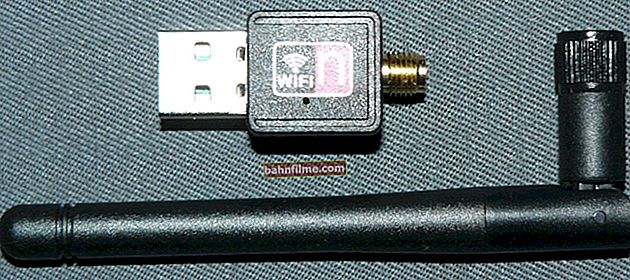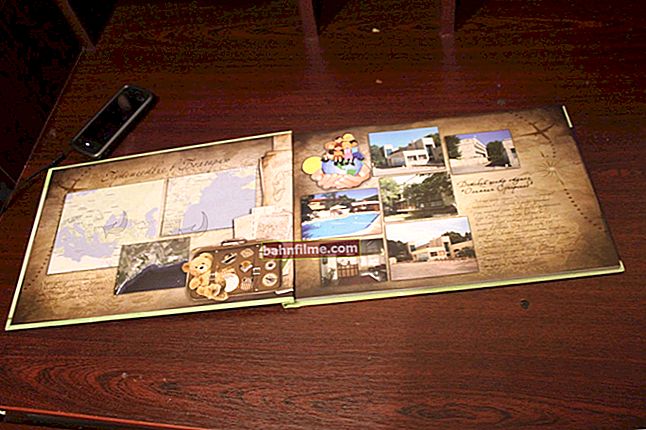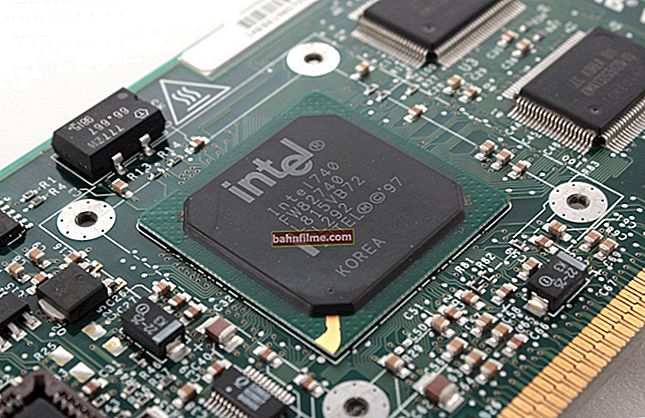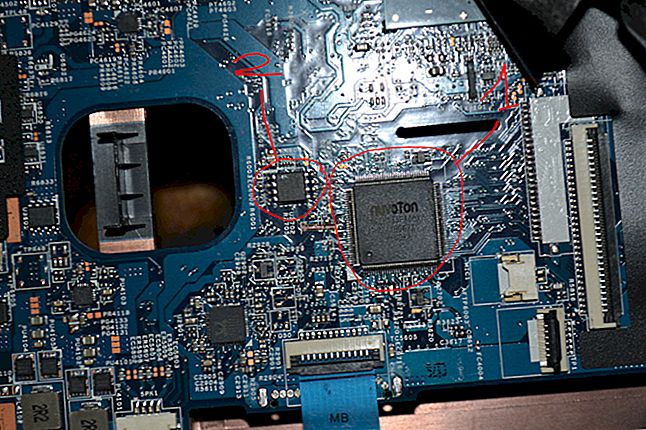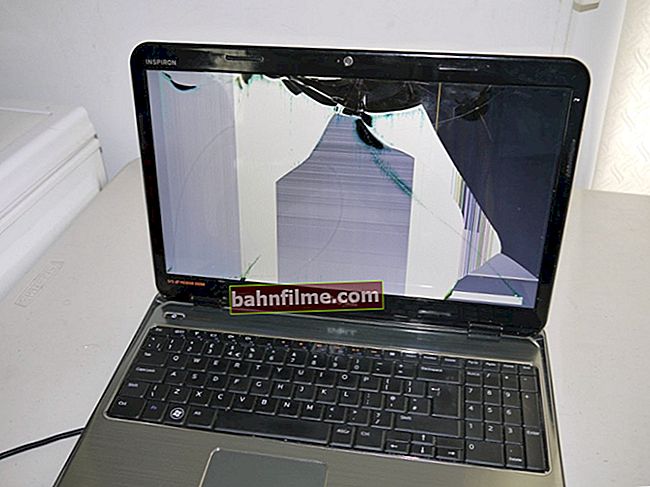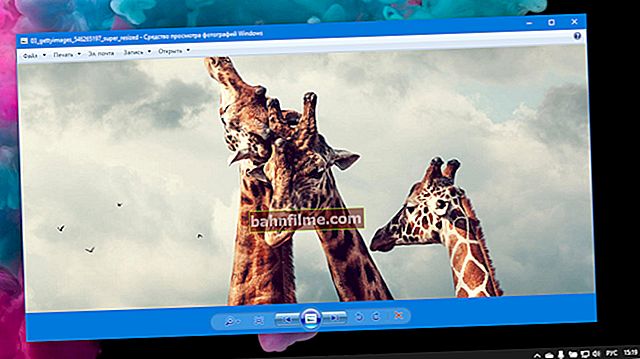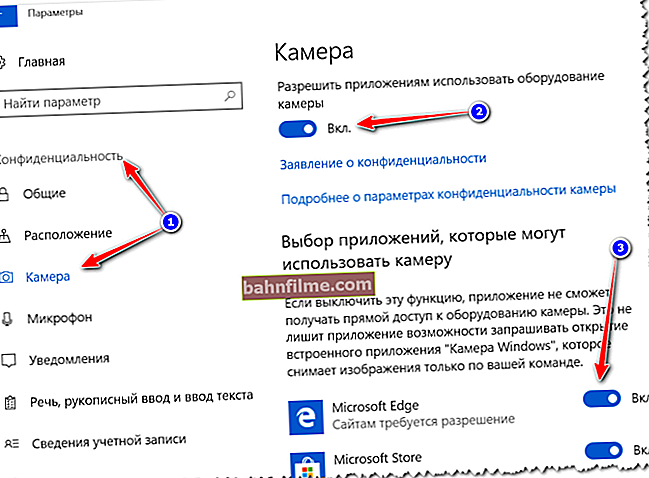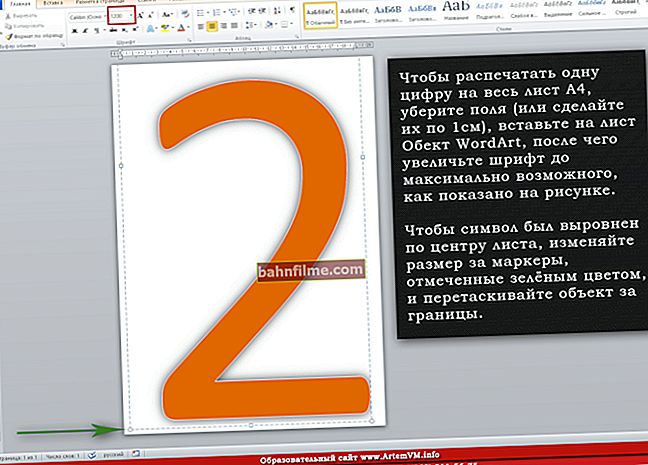 Good time everyone!
Good time everyone!
The word "presentation", although it sounds fashionable and loud, in fact (in most cases) means a document of several sheets (slides) with text and graphic information (something like a wall newspaper that has been in use for 20 years. 25 years ago, before the rise of the PC).
The main goal is to visually and concisely demonstrate the results of your work, convey the basic information to the audience, and present a project.
Difficulties with its creation usually arise for those users who have never before encountered this issue before. In fact, if you start making a presentation step by step (gradually dealing with each element), then everything is quite simple, and even a completely novice user can do it.
In this post I will present a visual instruction with pictures of each step. To work, you need a program such as PowerPoint (included with Microsoft Office, installed on most home PCs).
So...
To help!

Programs and online services for creating presentations (for beginners) - //ocomp.info/soft-dlya-sozdaniya-prezen.html
*
How to make a presentation: in 10 steps
Note: All screenshots in this article are from PowerPoint 2019 (as the newest to date).
❶
STEP 1: Launch PowerPoint and Create a Blank Presentation
To start PowerPoint in modern Windows 10, it is not even necessary to "find" its shortcut in the "START" menu - just click on the search icon and enter "power" in the line. Further, if you have this program, you will see its shortcut among the search results (see example below).

If you have PowerPoint - then after searching for "power" Windows 10 will find it
I recommend starting the creation of a presentation from scratch - it will be easier to understand the basic elements of the work (for this, select the option "Blank presentation").

Create a new "blank" presentation
If no errors occurred and PowerPoint is working correctly, you should see a document that so far consists of only one slide (sheet). See example below.

First sheet (slide) of the presentation
You can move on ✌ ...
❷
STEP 2: adding new slides (sheets)
Of course, a presentation (most often) cannot consist of one sheet, and you will need to increase their number.
To do this, go to the section "The main" (or "Insert" ), click on the tool "Create slide" and select the layout option you need (in my example below, I settled on the "Comparison" option).

Creation of the second sheet (slide). Note that the layout of the sheet is different from the first.
You can also change the layout of the sheet: to do this, select the desired sheet (arrow-1 in the screenshot below), then click on the tool "Layout" (section "Home") and select a new arrangement of elements.

If you have chosen the wrong page layout, you can always change it.
Sheets and their numbers are displayed on the left panel. They can also be swapped (by holding down the left mouse button).

Add the required number of sheets (slides) to the presentation
Note: you can also add a slide using the Ctrl + M key combination.
❸
STEP 3: choosing a theme and its color scheme
Almost half of its success depends on the presentation design! And in this regard, PowerPoint gives fantasies to roam.
To install a new presentation design - go to the section "Constructor" and select one of the themes (there are quite a few of them).

Choose one of the design themes (which best suits your work)
I will add that for each theme there are also additional shade options (lighter, darker). You can set the shade in the same section. "Constructor" (see screenshot below).

Please note that in addition to the theme, there are different options for its design.
Advice!
If you are going to print your presentation (or show it on a projector) - be careful with the choice of colors.
For example, light yellows, pinks, and other faded colors can be very difficult to see (especially if you look at your work from a distance).
❹
STEP 4: working with text
In this regard, working with PowerPoint is not much different from regular Word. Select a sheet, then a block, and write the desired text into it (you can insert already prepared information from the same Word).

To start editing text in a specific block of the slide - just click on it with the mouse ...
Please note that PowerPoint automatically checks the entered text for spelling and punctuation errors. Of course, he does not find everything, but the most coarse ones will be underlined with a red wavy line (example in the screenshot below).

Pay attention to all underlined words (PowerPoint automatically finds most blunders)
In most cases, if you right-click by mistake, PowerPoint will offer suggestions for corrections.

To fix an error, just right-click on it
By the way, the text in the block can be rotated by a certain angle (or even written vertically).
To rotate the text: first select a block, an arrow will appear above it for which you should "drag" in the desired direction with the left mouse button (the block will change its angle as in the example below).

To rotate a text block - click on the arrow above it
❺
STEP 5: insert pictures, audio and video
For a visual presentation of some moments, you simply cannot do without media content. PowerPoint has the ability to insert not only pictures and photos, but also audio and video files.
Advice! Do not insert too many pictures on one slide (sheet). It is better to make 2-3 sheets larger and insert media files larger (so that they can be clearly seen).
And so, to add a picture to your presentation, go to the section "Insert" and click on the tool "Drawings" .

Insert - Pictures / PowerPoint 2019
The picture you selected is added to the slide. You just need to place it in the right place and adjust the size (all this is done with the mouse).

Next, use the mouse to position the picture (photo) in the desired place, adjusting the size ...
As for adding video and audio: it is done in the same way. First, select the sheet you want, then go to the "Insert" section and click on the tool "Multimedia / Video" (or "Multimedia / Sound").

Pasting video or audio is done the same way
When inserting a video, you can also place it as a picture in the desired place on the slide (as well as set the width and height of the window). Please note that specials are displayed under the video. buttons to play it and adjust the volume.

This is how the video is displayed in the presentation
❻
STEP 6: insert charts, graphs
Diagrams and graphs are very useful when you need to show some kind of dependence, calculations, statistics, etc. For clarity, in my example below I will show on a pie chart the popularity of some programs in the segment of video recording from the screen.
And so, to add diagrams to the presentation: first select the sheet (slide), then go to the section "Insert" and click on the tool "Diagram" .
Alternative option: if you have a block with a diagram on the sheet layout, you can immediately click on the tool icon (see screenshot below).

Insert Chart / PowerPoint 2019
Next, you need to choose a variant of the diagram (eyes run up here 👀). There are a variety of options: linear, circular, point, petal, etc.
In my example below, I chose a circular one.

Choosing a chart (graphic)
Then you need to fill in a small plate with data. For example, in my case, this is the name of the program and its popularity in the market in its segment.
Note: how to fill in the chart data plate - just close this window.

Filling with data
Immediately after filling out the plate, you will see how the diagram will be built on the slide. Of course, its size (width, height), design and location can be adjusted.

The resulting diagram (as an example) / Clickable
❼
STEP 7: working with tables
PowerPoint allows you to both create tables from scratch (right on the slide page) and insert ready-made ones from Excel. I will consider the first option (as the most common).
For a table in your work: select the desired slide, then in the section "Insert" click on the tool "Table", and specify the number of rows and columns you want.

The table is displayed in real time
Further, using the mouse, you can change the width, height and location of the plate on the sheet (example below).
You can fill the table with text in the classic way:
- manually by typing the required text from the keyboard;
- pasting (Ctrl + V) from another document.

Please note that the table can be stretched and moved from one place to another
PowerPoint has the ability to change the design of the table (for example, you had a brown one, and you need an orange or blue ...).
You can do it like this:
- select the desired table on the slide (by clicking on it with the mouse);
- in the top menu, follow the link "Working with the table" (see arrow-2 in the screenshot below);
- in subsection "table styles" choose a new design.

To change the table style ... / PowerPoint 2019
❽
STEP 8: transitions and animations
In general, animation and transitions are far from a mandatory thing in a presentation (especially if you are going to print a presentation). However, in some themes it allows you to very liven up and diversify it.
For reference! A transition is how a new slide appears in your presentation. Probably, everyone has seen in various films how some frames "dissolve", others - turn over like a sheet of a book, others - are shifted to the side. Below is a small GIF animation as an example.

Transition example
And so, to add a transition, you need:
- specify a sheet (slide);
- go to section "Transitions" ;
- select one of the transitions (by the way, PowerPoint will immediately show you how it will look);
- then you need to specify the next sheet and select the transition already for it (and so on).

Transition selection
Animation is an analogue of a transition, only it is applied not to a sheet (slide), but to a separate block (text, picture, video, etc.). Those. by selecting any of the blocks on the page and specifying the animation option for it (see the screenshot below) - you can make it rotating, dimming, etc.

Apply animation effects to a picture
❾
STEP 9: demo (start slideshow)
When your presentation is ready (seemingly 😉) - start showing it (F5 key, or menu "Slideshow / First" ). Next, carefully review each slide: are they all in order, the markup has not "left", are there any gross errors, etc.

Start presentation from the beginning (F5)
Also highly recommend adjust the time slide show. This can be great for rehearsing your presentation, improving your presentation, and meeting the time given to you.

Setting the timing of the slide show (practice presentation)
A couple more tips:
- do not be small! In the slideshow mode, try to move away from the monitor and see how your text blocks, photos, video materials will look from a distance, do not you need to spread some blocks and make them larger;
- if you have a second computer / laptop, try opening your presentation on it. Thanks to this, you can "see" some pitfalls (how the color scheme of your work will look on another device, are there any unreadable blocks, etc.).
❿
STEP 10: Review and Error Checking. Preservation
Well, the final touch before saving the work is to check it for errors and typos (this is especially true if you have a lot of text, complex terms, etc.).
To check the presentation: go to the section "Review" and click on the tool "Spelling" (or just press the key F7) .

Review - Spell Checker (PowerPoint 2019)
After that, PowerPoint will start showing you one by one all the errors it finds (you either have to fix them or skip them). At the end, when the check is completed, a window should appear "The spell check is complete. It's okay now!" .

No errors found
In addition to errors, I recommend running the Accessibility Checker (found in the "Review / Accessibility" section) ... This check is able to find complex sentences that are not very clear in meaning, incongruous words, missing headings, etc.

Accessibility check
In my example, PowerPoint just found the missing titles ...

Please note that somewhere there is no heading, somewhere English terms are used (and you should double-check them)
After these two checks, you can proceed to the "final" saving of the presentation ... ✌

Saving a presentation
On my own behalf, I can also recommend that you read one short note, which contains the most popular mistakes in the presentation design (the link to it is given below).
To help!

How to format a presentation correctly (with examples of errors) - //ocomp.info/kak-pravilno-oformit-prez.html
*
Additions on the topic, as always, are welcome ...
All the best!
👋
